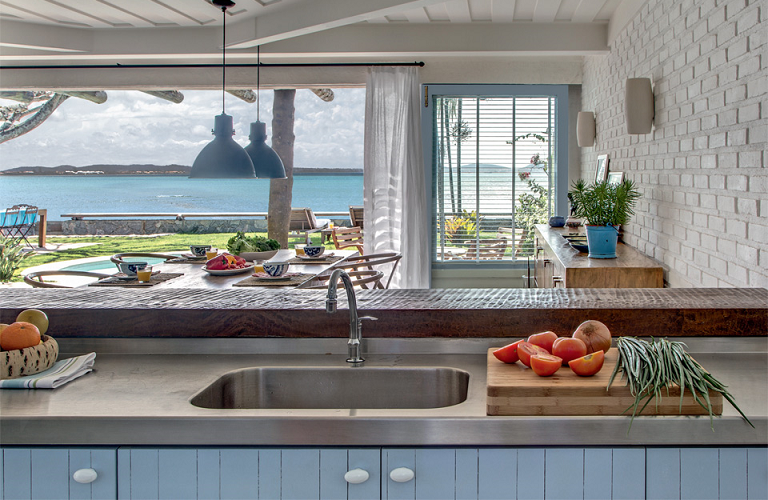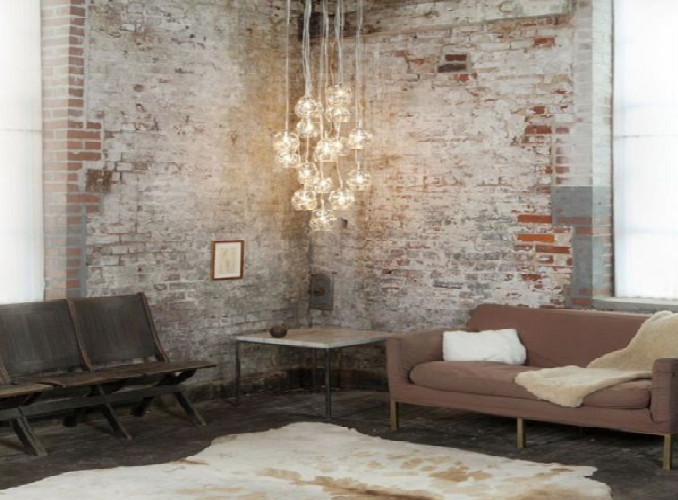We don’t have to wait until April 22nd to celebrate Earth. Every day, we can reduce, reuse, and recycle.
Plastic is an amazing, lightweight material that can be made into all sorts of things. But when we use plastic items once and then throw them out, we create a huge amount of waste. People create about 2.6 trillion pounds of garbage each year. That’s heavier than 225 million adult elephants. In the United States, we throw away 250 million tons of garbage every year. That’s enough garbage to cover the state of Texas entirely with trash—twice. On average, each person in the United States makes 4.5 pounds of trash each a day.
Each of us can make a difference by using good judgement when we buy and discards things.
- When we reduce, reuse, and recycle, we:
- Save natural resources
- Save space in our landfills
- Save energy
- Reduce pollution
- Save money
Using reclaimed wood is a very sustainable approach. Old wood, such as barn board can be re-finished and cut to make new wood flooring, kitchen cabinets, or cladding.
You could also choose to use recovered wood from trees that have been cut down for other purposes; for example, clearing forest for building land. In this case, you can achieve perfect consistency in your finished product while knowing that the wood you’re using would otherwise have gone to waste.
Of course, both the options above are likely to be limited and harder to find than wood that comes from trees specifically harvested for that purpose. The next best option is to look for wood that is guaranteed to be sustainably sourced, and ideally, is sourced locally. The Forest Stewardship Council (FSC) and Sustainable Forestry Initiative (SFI) both have certification schemes for wood from sustainably managed forests.
An oasis in paradise
Architect Mauro Cid of CID Arqitetura renovated an old house in Manguinhos, Brazil into an oasis.
I love the open space and the amazing views..!
Industrial style was born within the commercial market when old, bare warehouses and similar structures became new shops, offices, restaurants, even apartments. Rather than demolish the remaining essence of the warehouse, designers began to embrace the rawness and conscientiously construct a style around it. Industrial style is known for its utter lack of pretense, for its salvaged utilitarianism, and for its exposed architecture.
The architecture of industrial style emphasizes a stripped-down infrastructure – the more exposed and raw, the better. Unfinished walls, aged brick, metal ductwork, bare windows, and exposed beams pay stylistic homage to the skeleton that supports the structure overall. Often, industrial-type floors (think concrete, wood, or other pragmatic, non-flashy surfaces) are kept bare.









